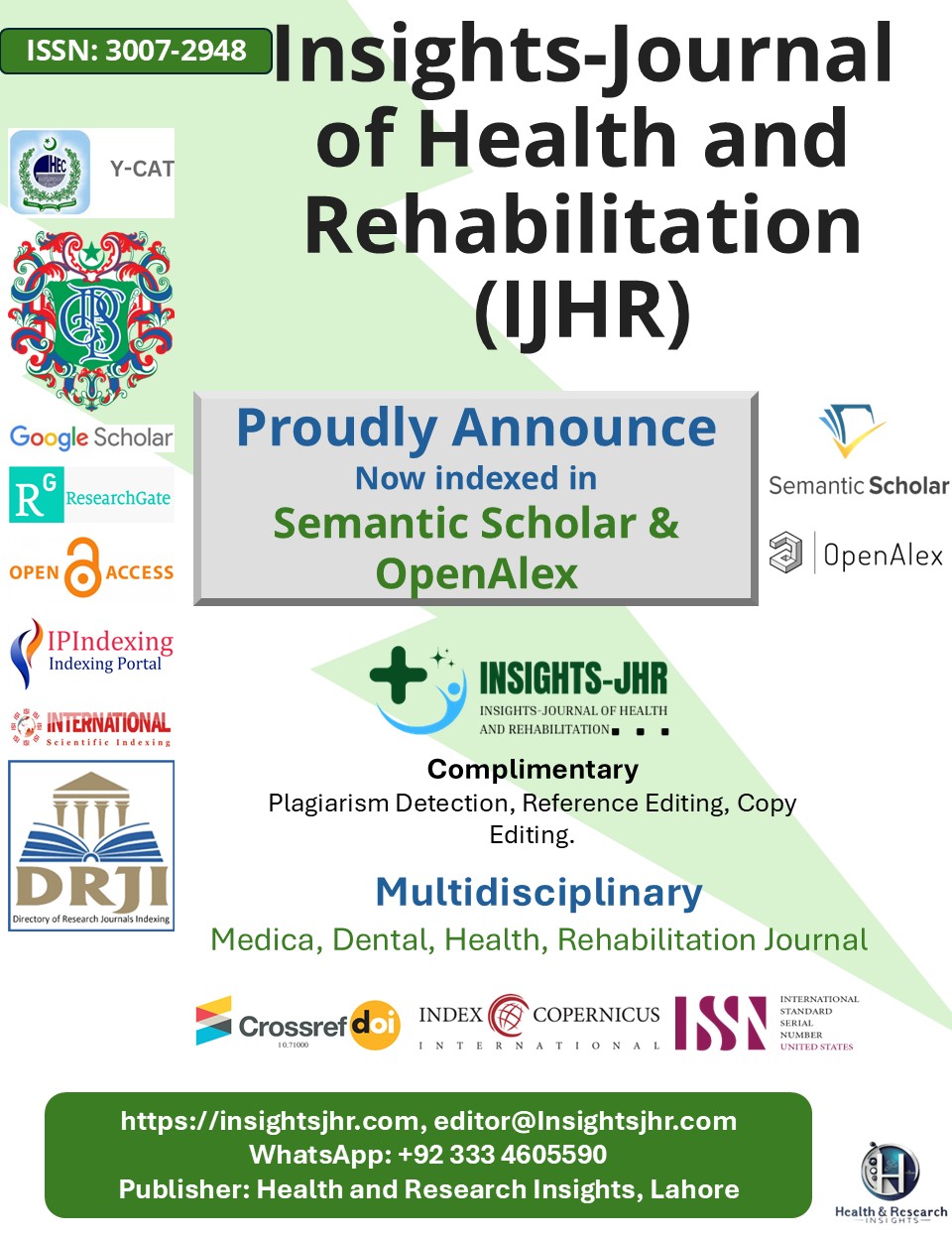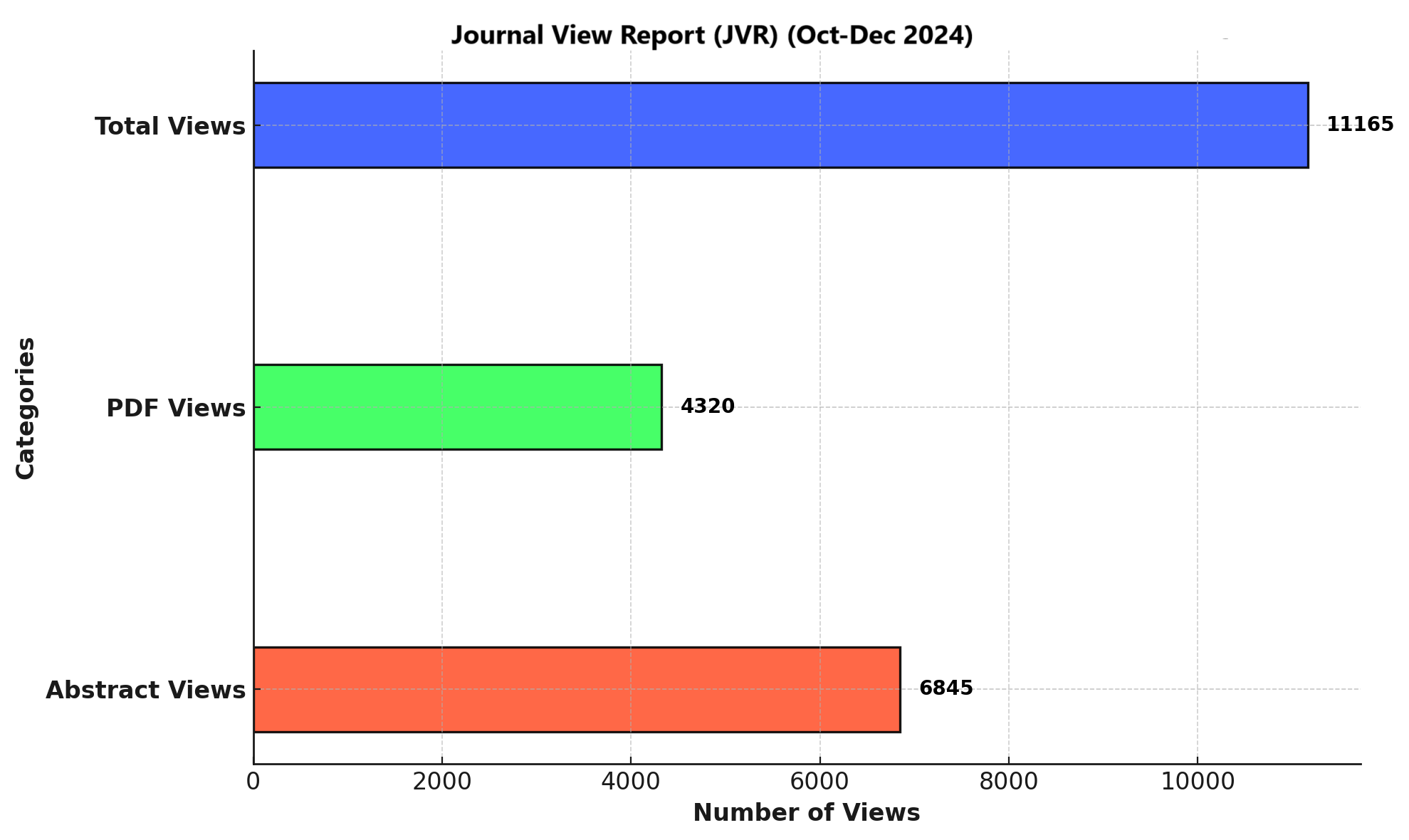ETIO-RADIOLOGICAL CORRELATION OF CHEST INFILTRATES IN IMMUNECOMPROMISED PATIENTS WITH THE DIAGNOSTIC TOOL OF ENDOBRONCHIAL WASHINGS PRESENTING IN A TERTIARY CARE HOSPITAL IN PAKISTAN
DOI:
https://doi.org/10.71000/fqv70874Keywords:
chest infiltrates, endobronchial washings, tuberculosis, Bronchoscopy, Immunocompromised Host, Pneumocystis Pneumonia, Radiographic ImagingAbstract
Background: Immunocompromised individuals are highly susceptible to pulmonary infections, often presenting with nonspecific chest infiltrates that pose diagnostic challenges. Accurate and early identification of the underlying etiology is critical to initiating targeted treatment and minimizing morbidity and mortality. In resource-limited and TB-endemic regions such as Pakistan, diagnostic strategies that integrate imaging and microbiological tools are essential to improve clinical outcomes in high-risk patient groups.
Objective: To assess the correlation between radiological patterns and etiological diagnoses established through endobronchial washings in immunocompromised patients with chest infiltrates.
Methods: A prospective observational study was conducted on 120 immunocompromised adult patients presenting with radiologically confirmed chest infiltrates. Chest X-ray was performed in all cases, with high-resolution computed tomography (HRCT) additionally conducted in 70 patients (58.3%). All patients underwent fiberoptic bronchoscopy with endobronchial washings, which were analyzed via microbiological and cytological methods. Statistical analysis, including chi-square and Fisher’s exact tests, was used to assess correlations between imaging findings and confirmed diagnoses.
Results: The mean age was 45.2 ± 13.6 years, with a male-to-female ratio of 1.4:1. The main causes of immunosuppression were hematologic malignancies (30%), HIV infection (25%), and chronic corticosteroid therapy (20%). The most frequent radiologic pattern was alveolar consolidation (38.3%), followed by ground-glass opacities (25%), nodular lesions (15.8%), cavitations (12.5%), and reticulonodular infiltrates (8.4%). Endobronchial washings yielded a definitive diagnosis in 92 out of 120 patients (76.7%). Tuberculosis was the most common etiology (30.4%), followed by bacterial infections (23.9%), fungal infections (19.6%), Pneumocystis jirovecii pneumonia (10.9%), and viral pneumonias (6.5%). Cavitary lesions were significantly associated with TB (p = 0.002), and ground-glass opacities were predictive of PJP and viral infections (p = 0.013).
Conclusion: The integration of radiological pattern recognition with endobronchial washing-based diagnostics significantly enhances the accuracy of etiologic identification in chest infiltrates among immunocompromised patients. This approach is particularly valuable in TB-endemic and resource-constrained settings, enabling timely, targeted therapeutic interventions.
Downloads
Published
Issue
Section
License
Copyright (c) 2025 Shafi Ullah, Shahzeb Ahmad Satti, Muhammad Imran, Aiman Sajjad, Muhammad Yaqoob Khan, Mehwish Abbas (Author)

This work is licensed under a Creative Commons Attribution-NonCommercial-NoDerivatives 4.0 International License.







